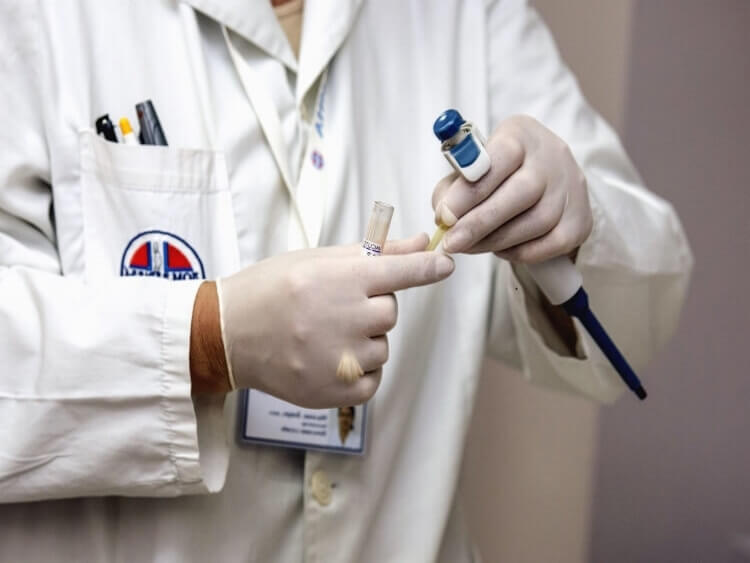3h
Rat RGS6(Regulator Of G Protein Signaling 6) ELISA Kit
Rat RGS6(Regulator Of G Protein Signaling 6) ELISA Kit
20ng/mL
Sandwich
GAP; S914
0.118ng/mL
0.312-20ng/mL
Rattus norvegicus
Signal transduction;
ELISA Enzyme-linked immunosorbent assays Code 90320007 SNOMED
E05 478 566 350 170 or Enzyme-Linked Immunosorbent Assays,E05 478 566 350 170 or Enzyme-Linked Immunosorbent Assays
Rats are used to make rat monoclonal anti mouse antibodies. There are less rat- than mouse clones however. Rats genes from rodents of the genus Rattus norvegicus are often studied in vivo as a model of human genes in Sprague-Dawley or Wistar rats.
Cell nucleus signaling proteins and molecules are part of a complex system of communication that governs basic cellular activities and coordinates cell actions. The ability of cells to perceive and correctly respond to their microenvironment is the basis of development, tissue repair, and immunity as well as normal tissue homeostasis. Errors in cellular information processing are responsible for diseases such as cancer, autoimmunity, and diabetes. By understanding cell signaling, diseases may be treated effectively and, theoretically, artificial tissues may be created.
The test principle applied in this kit is Sandwich enzyme immunoassay. The microtiter plate provided in this kit has been pre-coated with an antibody specific to Regulator Of G Protein Signaling 6 (RGS6). Standards or samples are then added to the appropriate microtiter plate wells with a biotin-conjugated antibody specific to Regulator Of G Protein Signaling 6 (RGS6). Next, Avidin conjugated to Horseradish Peroxidase (HRP) is added to each microplate well and incubated. After TMB substrate solution is added, only those wells that contain Regulator Of G Protein Signaling 6 (RGS6), biotin-conjugated antibody and enzyme-conjugated Avidin will exhibit a change in color. The enzyme-substrate reaction is terminated by the addition of sulphuric acid solution and the color change is measured spectrophotometrically at a wavelength of 450nm ± 10nm. The concentration of Regulator Of G Protein Signaling 6 (RGS6) in the samples is then determined by comparing the O.D. of the samples to the standard curve.
